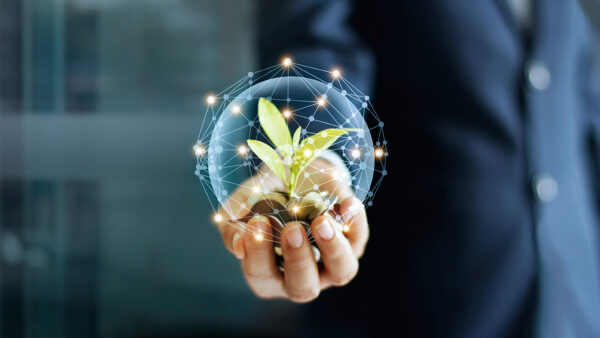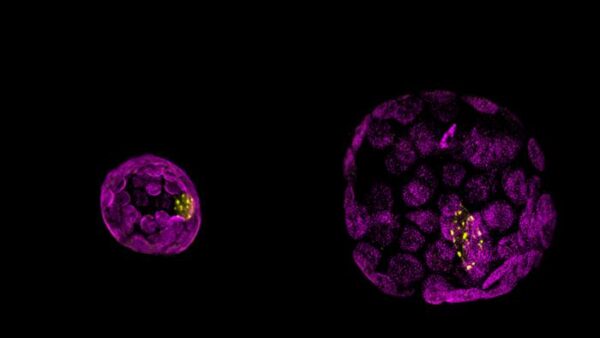Protecting investment in innovation is critical to the future success of the seed industry
It is already one year ago since the first launch of the magazine at the European Seed Association Annual Meeting in Lisbon. As the saying goes: ‘Time flies when you are having fun’. The four issues that were published have been jam-packed with interesting content, and on top of that we have received nothing but good feedback. I would like to add that this would not have been possible without your continuous support. Do continue to support us, and let us know what you would like to read about! I look forward to all your contributions.
Europe is the king of seed exports and its seed export value is set to increase to almost €9 billion by 2019. The seed market in Europe contains well over 7,000 seed companies and has in total more than 50,000 employees. France, Netherlands and Germany are three of the top four seed exporters in the world and will play a key role in sustaining Europe’s seed market growth. A recent Technavio report indicates that the seeds market in Europe is predicted to increase at a growth rate of 10 to 11 per cent during the period 2015 to 2019 and expects the market to reach a value of €22 billion, about €9 billion more than its current €13 billion value. Increased demand for good quality, high performing seeds by farmers and rising demand for biofuels in Europe are two of the key drivers for the forecast period. Europe recorded the availability of nearly 2 million hectares of area for seed production in 2014, which is likely to grow consistently and boost the growth of the market.
Grain seeds and oilseeds are the largest product segments with a market share of over 75 per cent in 2014; however, the fruit and vegetable seeds segment is expected to gain traction. Many more plant varieties are also likely to be developed in the future as an average of 12 to 15 per cent of the total revenue is invested in R&D. Despite the traction gained from the fruits and vegetables sector and the future development of seed varieties, grain seeds and oilseeds will continue to dominate Europe’s seeds market through this period.
France was the world’s largest seed exporting country in 2014, followed by Netherlands, the United States, and Germany. Hungary, Italy and Denmark are all in the top 10, giving Europe six of the top 10 seed exporting countries in the world.
With all this innovation and fabulous genetics coming out of the European seed sector, it is important to ensure there are measures in place to secure a decent return on investment. Surveys indicate that the creation of a conventional plant variety costs about 1 to 2 million Euro, and (depending on the crop) it takes about seven to 12 years. Therefore, it is only logical that any company making these substantial, long-term, upfront and high-risk investments is looking for ways to earn back some part of the investment and use it for further innovation. Anyone with a salaried job will understand this basic principle: if you make an investment (in this case time spent on a job), you expect to be rewarded for that in the form of a salary. This is (one of) the incentive(s) to continue making that investment. It is none different for a seed company. If it decided to spend millions of Euros into the creation of a new plant variety, it is only logical that it is rewarded for that in some way. Often this is done through the use of intellectual property by which a temporary monopoly is granted to the innovators, in this case the breeders. The seed industry is united in its view that a strong and effective intellectual property protection is crucial as it ensures an acceptable return on the research investment. IP is a prerequisite to encourage further research efforts and the motor for innovation. And more importantly, it is essential to meet the challenges mankind has to face (finite soil and water, increasing food and energy demands, a growing population and climate change).
Unfortunately, as with most forms of innovation, there are free riders that wish to benefit from the arduous efforts of the innovators without making any effort themselves. Holders of IP rights will need to enforce their rights against such infringements, which is not an easy job. Luckily, we are seeing more and more initiatives that are helping breeders in their efforts to protect themselves against such infringements. It is vital that all players in and around the seed value chain choose the moral high ground, otherwise we may lose this important lifeline for humanity.
Marcel Bruins
editorial director, European Seed
mbruins@issuesink.com











